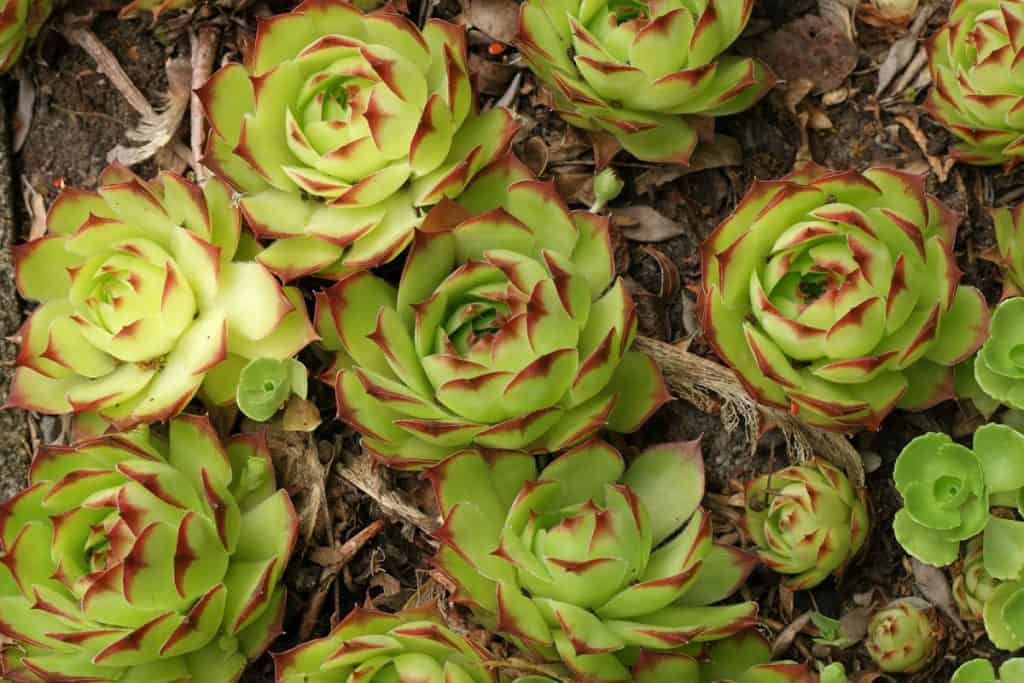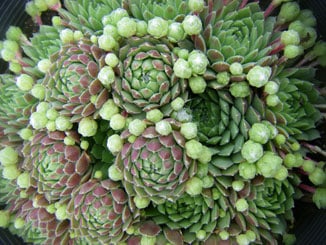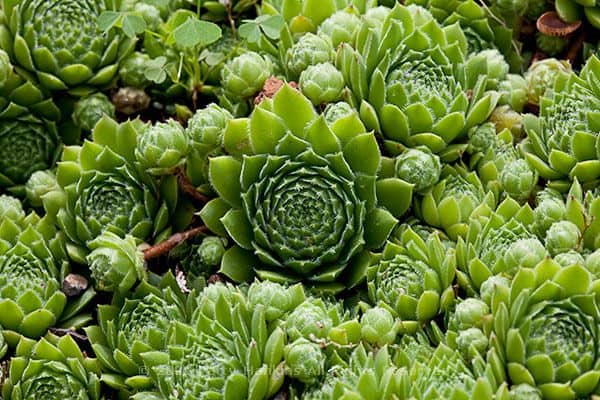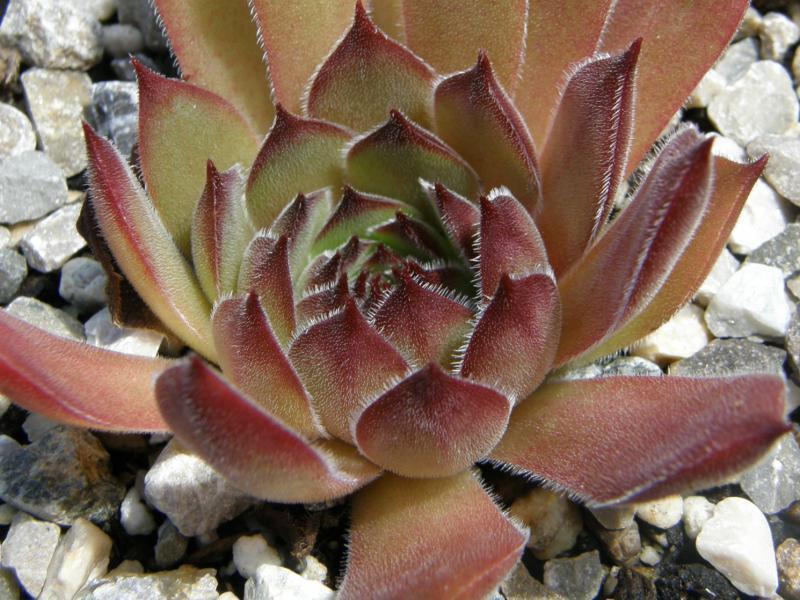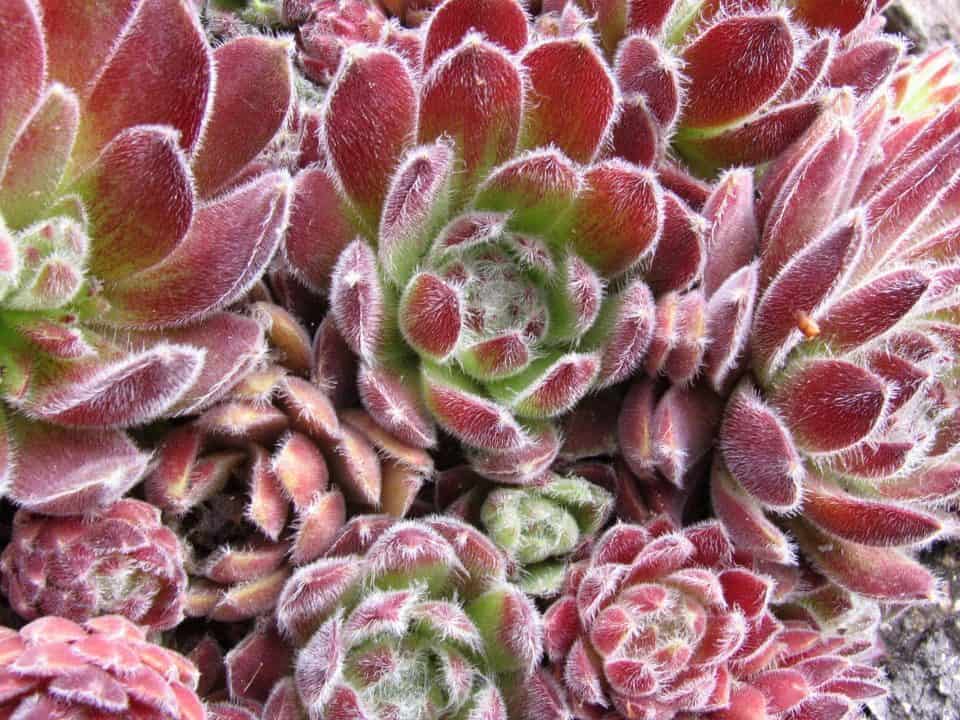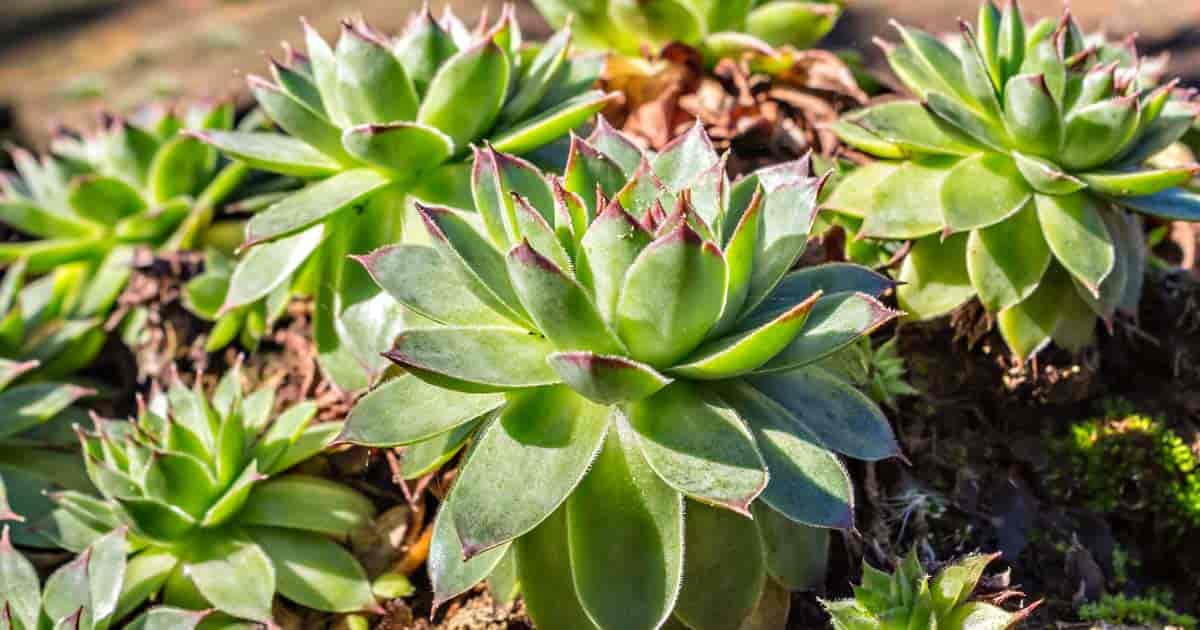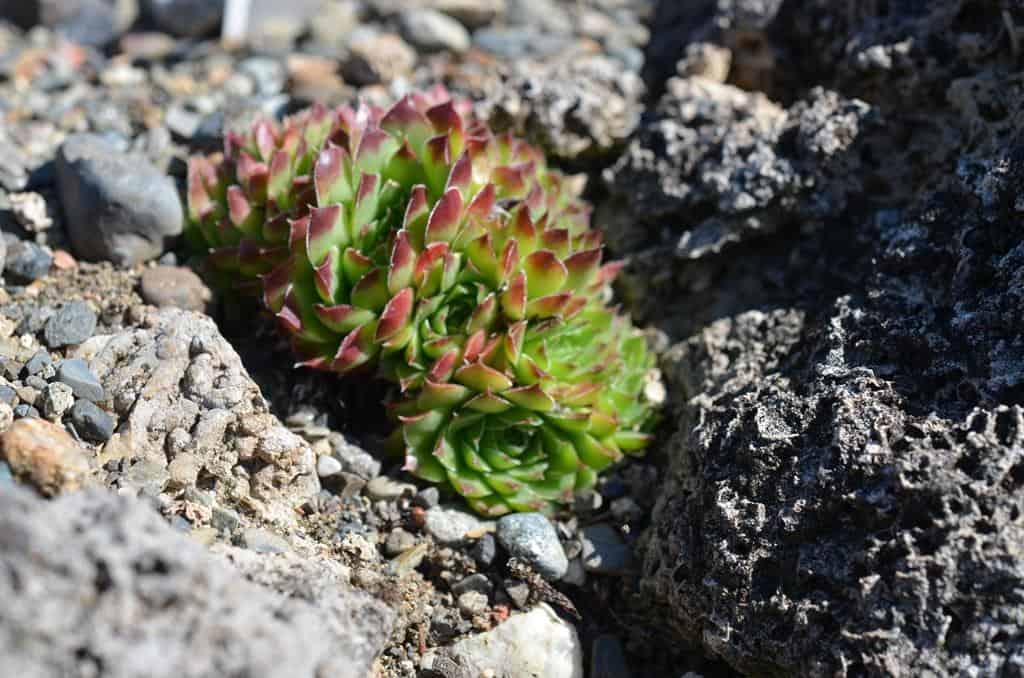The sempervivum tectorum succulent, also known as common houseleek or hens and chicks, may be one of the most underappreciated plants in your garden. With attractive foliage and hardy nature, it’s an easy succulent to grow and looks especially good around your home.
Yet many gardeners don’t have sempervivum tectorum at all because they don’t know how to care for it properly or how to propagate more plants from their existing ones, but that could be about to change.
The sempervivum tectorum, more commonly known as the houseleek, is one of the most popular houseplants today. It’s also one of the easiest to propagate, whether you choose to divide your own sempervivum tectorum or purchase new plants from your local garden center.
In either case, it’s important to know how to care for your plants and how to bring them back from whatever state they may be in before you can begin growing them in your home or office.
Origin and distribution
Sempervivum tectorum is a popular succulent ground cover, native to Europe and parts of Asia. It’s easy to care for and propagate, making it ideal for beginners looking for a little greenery around their homes.
It’s also one of nature’s best drought-tolerant plants – perfect for areas where water conservation is important. In fact, sempervivum tectorum has been used for centuries in many countries to help protect against erosion along roadsides and pathways.
Sempervivum tectorum propagation
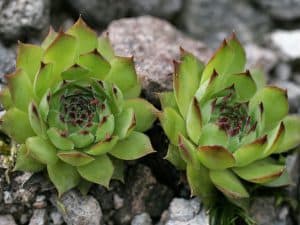
While propagation might sound fancy, it is simply referring to any process that can increase your sempervivum tectorum collection.
The best way of propagating sempervivums is by dividing them into smaller plants through division. This method isn’t difficult once you get a bit of practice under your belt.
In some cases, you may need to cut or divide one of your plants in order to make room for another plant. To do so, remove your clump from its container and remove as many offsets as needed while making sure not to damage or break off any roots in the process.
Once you have successfully divided your Sempervivum tectorum, don’t forget to give each plant a good watering before placing them back into its containers.
The main reason why we recommend giving them a good watering before returning them to their containers is that there will be less risk of transplant shock and they will have time to adjust themselves to their new environment before being placed back into it.
Sempervivum tectorum care information
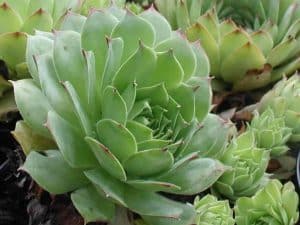
There are over 200 species of Sempervivum. They originate from central Asia and can be found throughout most of Europe, Western Asia, North Africa, Macaronesia (the Azores, Madeira Islands, Canary Islands), and Northern America.
This plant loves water but will tolerate drought conditions once it’s established in your garden.
It does best in full sun but will tolerate partial shade. It also does well with a little neglect as long as you don’t let it dry out completely; however, if you want maximum health and vigor, it needs regular watering during dry periods and light fertilizing every two weeks during its growing season. You should also make sure that there is good drainage since they don’t like soggy soil.
Light requirement
Sempervivum tectorum are sun lovers. They require six hours of sunlight per day and should be grown in a spot that receives direct light during all hours of daylight. They do not like shade at all. Plants grown in shade will experience yellowing leaves and eventually die.
Soil/potting mix
Sempervivum tectorum is very tolerant of a variety of soil types, as long as it drains well. However, I would recommend adding a bit of compost or other organic material to your potting mix; for example, adding about 20 percent sphagnum peat moss or fir bark fines can greatly increase water retention.
Additionally, you’ll want to use a good-quality potting mix with plenty of perlites added; perlite is an excellent drainage agent that will help prevent root rot. For best results, choose a potting mix designed specifically for cacti and succulents.
Watering
Sempervivum tectorum should be watered once a week. Since semps store water in their leaves, they can easily survive for a couple of weeks without any watering during dry spells. It’s best to water at midday or just before nightfall so that it has time to soak into their roots before overnight dew arrives.
If you have an automatic sprinkler system, set it up to water your semps on a regular basis. If you don’t have an automatic system, use a hose with a timer attached so that you can set specific times for your plants to get watered. This will ensure that your plants get plenty of moisture while also conserving water by not over-watering them.
Fertilizer
Fertilizing sempervivums is not something that you need to do often. In fact, it’s best if you can refrain from doing so at all.
Fertilizers can burn some species of these plants, which can kill them entirely! Instead, feed your plants by creating a compost pile in your yard or adding leaves and other things that will naturally break down into organic material for your plant’s root systems.
Temperature
Sempervivum tectorum grows best between 65–85 degrees F (18–29 degrees C). At temperatures below 60 degrees F (16 degrees C), growth will slow, while temperatures above 85 degrees F (29 degrees C) can burn or damage your plants.
When outdoors in summer, sempervivum tectorum benefits from a little shade from direct sun, say, half a day under a tree or shrub. If you live where summers are scorching hot, it’s fine to grow sempervivum tectorum indoors year-round.
Humidity
Sempervivum tectorum prefers conditions of 50-70% humidity. Since they’re succulents, they need little water overall, but those who live in arid areas may wish to grow them in planters that are occasionally doused with water.
Pruning
Sempervivum tectorum is a slow-growing, drought-tolerant succulent that can add an ornamental quality to any garden setting. One of its most distinguishing features is its ability to thrive in sunny or partially shaded areas; however, It does require regular pruning and maintenance for optimal health.
When to repot
Sempervivum tectorum should be repotted during its active growing season, which runs from April through September. Plants that have outgrown their pots may need to be transplanted into bigger containers.
During repotting, clip off any long roots (known as pups) so they won’t take root in your new potting soil. Just snip them off flush with the soil surface or use pruning shears to remove them at ground level.
Dormancy
During their natural growing season, sempervivums photosynthesize in order to accumulate energy that can be stored as starch. After they lose their leaves, they enter a state of dormancy and stop producing new cells.
As long as they are kept above freezing (32 degrees Fahrenheit), sempervivums will stay dormant for a very long time.
It’s important to note that during dormancy, sempervivums do not require any water or light. However, if you plan on storing them over winter, it’s best to keep them out of drafts and store them in a place where temperatures remain between 35-45 degrees Fahrenheit.
Flowers & fragrance
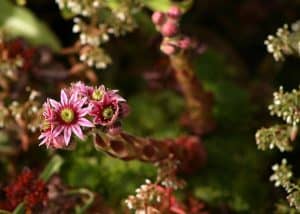
These succulents have small, star-shaped flowers that have a distinct lemony smell. After blooming, these plants usually produce new pups or propagules. They can be propagated by removing these pups from around their mother plant. These should be planted in pots containing a mixture of silica sand and small gravel or cactus soil mixed with perlite.
Growth rate
Sempervivum tectorum has a relatively slow growth rate, but it can spread by offsetting. It will form clumps given enough time. Because of its ability to spread, many gardeners choose sempervivum tectorum over other semps when they want ground cover in a particular area.
Clumps can also be divided if preferred, although they’ll need extra care in order to establish themselves before winter.
Toxicity
Sempervivum tectorum is nontoxic. It contains saponins, which are not very toxic, but they may irritate the eyes or skin if you touch them. If you have sensitive skin or eyes, it’s best to wear gloves when working with Sempervivum tectorum. If you do get saponins in your eyes, wash them out with cool water immediately.
USDA Hardiness Zones
Sempervivum tectorum grows in USDA hardiness zones 3 through 9. If you live outside of these zones, you can grow sempervivum tectorum as a houseplant.
When growing indoors, it’s important to keep your plant out of direct sunlight, which can scorch its leaves. Instead, place it near a window that receives indirect light for about four hours per day.
Pests and diseases
Keeping plants healthy can be a constant challenge. There are several pests and diseases that attack Sempervivum tectorum, so keeping an eye out for these issues is important. Monitor your plants for insect infestations like aphids, spider mites, thrips, or whitefly.
These creatures can spread disease from plant to plant quickly, so if you notice signs of an infestation in one plant, it’s wise to remove it before it spreads.
If you see any of these pests on your plants, spray them with insecticidal soap. If you don’t have any on hand, a mixture of 1 teaspoon of dish soap per gallon of water will do just fine.
